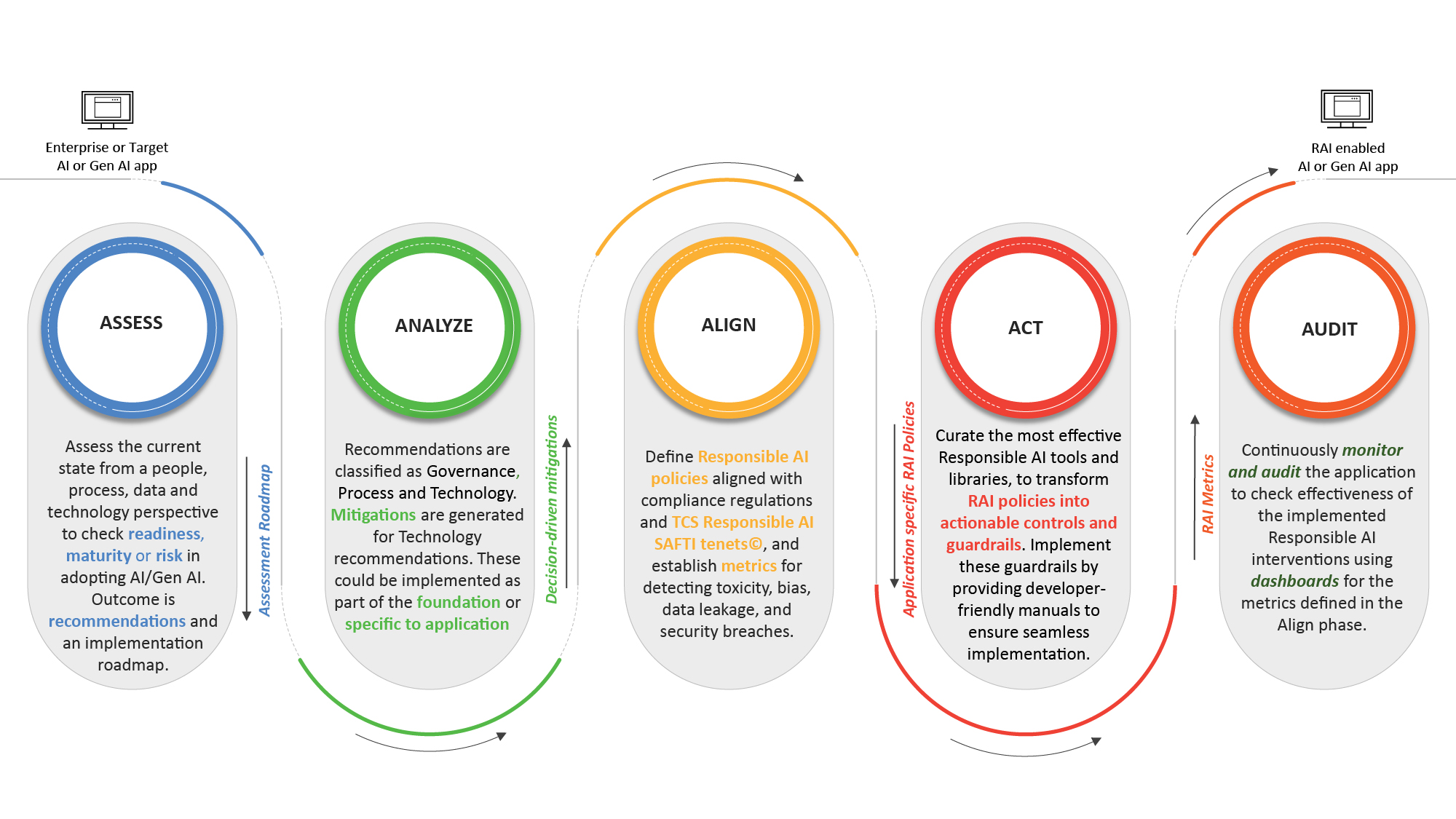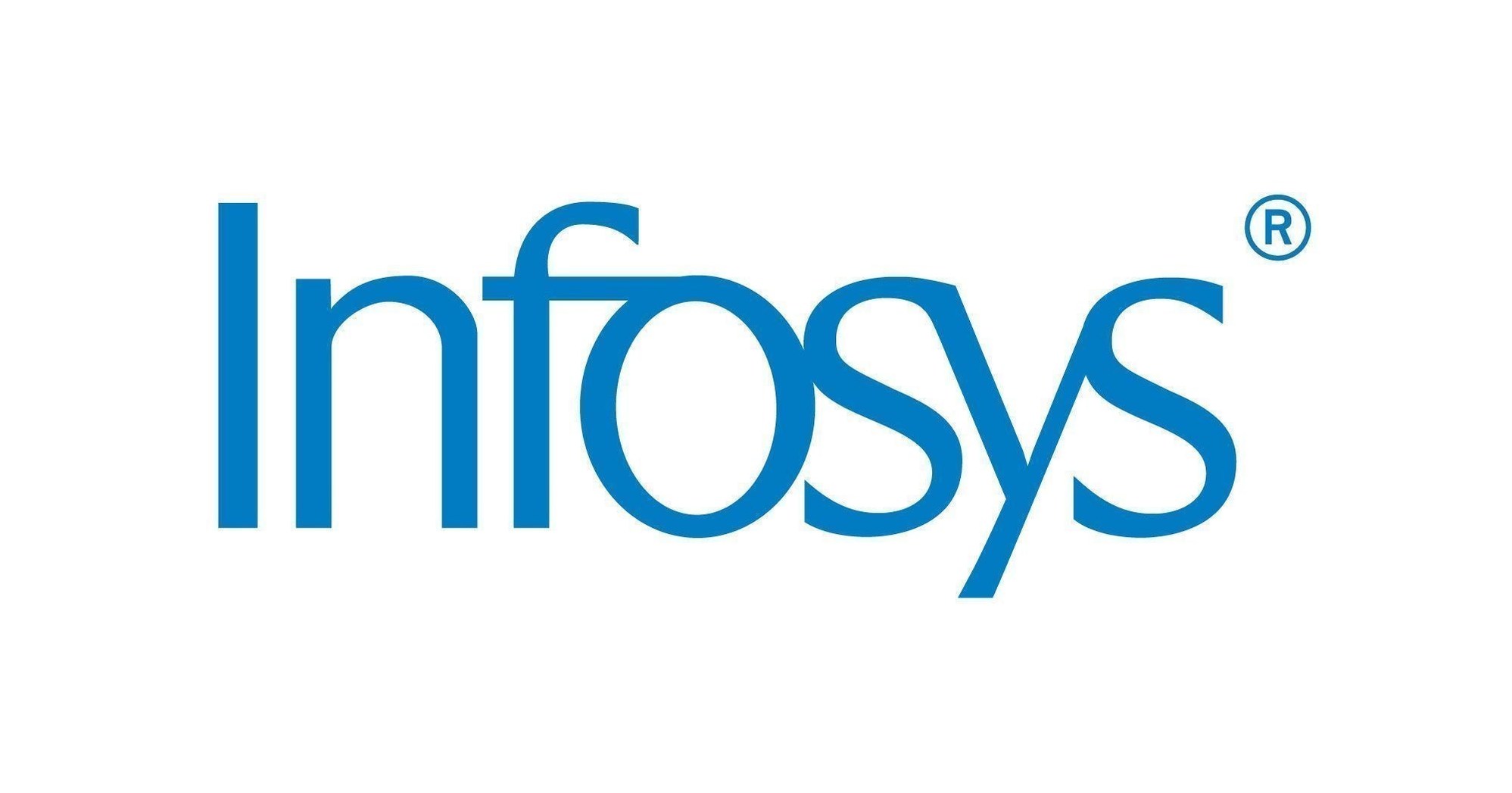Are you ready to explore the secret to successful AI integration in your business? Imagine a world where AI not only enhances productivity but also aligns with your values and ethics.
This isn’t just a dream; it’s within your reach. You might wonder how to harness AI’s power without compromising your company’s integrity. The answer lies in adopting a responsible AI framework. You’ll discover practical steps to implement AI in a way that respects your enterprise’s principles, safeguards customer trust, and fuels innovation.
Dive in, and unlock the potential of AI while ensuring it serves your best interests. Let’s transform your enterprise with AI that’s not just smart, but responsible.
Responsible AI Principles
Responsible AI Principles offer a clear framework for enterprises to adopt AI responsibly. They ensure ethical AI use, promoting transparency and fairness. This framework helps companies align AI technologies with societal values and legal standards.
In the rapidly evolving landscape of artificial intelligence, responsible adoption is paramount for enterprises. As companies integrate AI into their operations, understanding and applying Responsible AI Principles becomes crucial. These principles ensure AI systems are developed and used in a way that is ethical, transparent, and accountable. They guide enterprises to not only harness the power of AI but to do so with integrity and responsibility.
Ethical Considerations
Ethics in AI is about making choices that prioritize human well-being. When you implement AI, consider how it will affect people and communities. Are the benefits distributed fairly? Are you respecting privacy and human rights? Ethical AI requires ongoing reflection and adjustment, much like how you might reassess personal values as life changes. It’s essential to address biases in AI algorithms. This means actively seeking out and correcting any prejudices that might skew results. AI should support fairness and equality, not reinforce existing inequalities. Regular audits and feedback loops can help ensure your AI systems remain just and unbiased.
Transparency And Accountability
Transparency in AI means being open about how your AI systems work. Can your stakeholders understand the AI processes and decisions? Think of it as showing your work in math class; the outcome matters, but so does how you arrived there. Clear documentation and communication can demystify AI for those who rely on it. Accountability involves taking responsibility for AI-driven outcomes. If something goes wrong, who steps up? Establishing clear lines of accountability ensures that issues are addressed promptly and responsibly. Creating a culture where feedback is welcomed and acted upon can prevent small problems from becoming larger crises. As you consider these principles, ask yourself: Is your enterprise prepared to adopt AI responsibly? Are you ready to make ethical choices, maintain transparency, and own the outcomes? The answers to these questions will shape how AI integrates into your business and impacts the world.
Building An AI Strategy
Building an AI strategy is essential for responsible AI adoption in enterprises. It provides a roadmap for integrating AI into business processes. A well-thought-out strategy ensures AI initiatives align with business goals. It also helps in managing risks associated with AI deployment.
Setting Clear Objectives
Defining clear objectives is crucial for AI strategy success. Objectives guide the direction and scope of AI projects. Start by identifying business challenges that AI can address. Ensure objectives are specific, measurable, and achievable. This clarity helps in evaluating AI effectiveness.
Identifying AI Opportunities
Spotting AI opportunities involves analyzing business processes. Look for areas where AI can enhance efficiency or decision-making. Consider customer service, data analysis, or supply chain management. Engage with stakeholders to gather insights on potential AI applications. This collaborative approach ensures a comprehensive view.
AI Governance Structures
AI governance structures provide a clear framework for enterprises to adopt responsible AI practices. These structures ensure ethical standards, compliance, and transparency in AI deployment. Organizations can safely integrate AI while maintaining accountability.
Adopting AI responsibly in enterprises is a crucial step towards harnessing its potential while mitigating risks. A key aspect of this adoption is establishing robust AI governance structures. These structures are not just about compliance; they are about setting clear boundaries and ensuring that AI systems are used ethically and effectively. Without proper governance, AI can lead to unintended consequences. But how do you create governance structures that work? Let’s delve into the essential components.
Roles And Responsibilities
Assigning roles and responsibilities within AI governance is like defining the players in a sports team. Each person or team needs to know their part in overseeing AI systems. You need dedicated AI ethics teams to ensure compliance with ethical standards. Data teams should focus on data integrity and privacy. And don’t forget the tech teams—they’re there to keep the systems running smoothly. Think about the last time you worked on a group project. Without clear roles, chaos ensues. In AI governance, clarity prevents errors and misuse. Who will take charge of ethical concerns? Who ensures data security?
Policy Development
Developing policies for AI adoption is akin to setting the rules of a game. Policies guide how AI systems should be used and monitored. You must draft comprehensive policies that cover data usage, ethical considerations, and risk management. These policies should be dynamic, evolving as AI technology does. Imagine a scenario where an AI system makes a biased decision. Strong policies can help prevent and address such issues. What kind of checks and balances will your policies include to ensure fairness and transparency? Creating governance structures is not just about ticking boxes. It’s about making AI a responsible and integral part of your enterprise. What steps will you take to ensure your AI governance is effective and forward-thinking?

Credit: www.tcs.com
Risk Management In AI
AI adoption in enterprises brings significant benefits and challenges. Managing these risks is crucial for successful implementation. Enterprises must understand and mitigate AI-related risks. This ensures trust and reliability in AI systems.
Mitigating Bias And Discrimination
Bias in AI can lead to unfair outcomes. Systems may favor certain groups over others. This poses ethical and legal challenges. Enterprises must identify and address these biases early. Diverse training data can help reduce bias. Regular audits of AI models are essential. They ensure fairness and transparency.
Ensuring Data Privacy
Data privacy is a major concern in AI. Enterprises collect vast amounts of data. Protecting this data is critical. Implement strong encryption methods and limit data access. Regularly update privacy policies to reflect changes. Compliance with data protection regulations is vital. This builds trust with users and stakeholders.
AI Implementation Roadmap
Adopting AI in your enterprise requires a well-structured approach. The AI Implementation Roadmap is your guide to ensure AI is integrated effectively, minimizing risks and maximizing benefits. This roadmap is designed to help you navigate the complexities of AI adoption, providing a clear path from planning to execution.
Phased Deployment
Start small. Begin with pilot projects to test AI’s impact without overwhelming your resources. This phased deployment allows you to learn, adapt, and refine strategies.
Consider breaking down your deployment into stages. Initial phases might focus on data collection and analysis, while later phases could tackle automation and predictive tasks. Gradually increase complexity as your team gains confidence.
Have you identified the right departments for your pilot? Your choice can significantly affect the outcome. Often, departments already using data-driven decision-making are ideal candidates for initial AI projects.
Monitoring And Evaluation
Keep track of your AI systems continuously. Monitoring is not just about performance but also about ethical considerations and bias detection.
Develop metrics to evaluate success. Are you achieving your goals? Metrics should be aligned with business objectives to ensure that AI contributes effectively.
Remember to involve stakeholders. Regular feedback loops with users and decision-makers are crucial. Are your AI solutions meeting their needs? This dialogue can uncover areas for improvement and foster collaboration.
As you embark on this journey, think about your long-term vision. AI is not just a tool; it’s part of your business evolution. How will your roadmap adapt as technology advances? Keeping this question in mind will help you stay ahead in the dynamic world of AI.
Credit: www.genpact.com
Employee Training And Development
Employee training and development is crucial for responsible AI adoption in enterprises. Employees need the right skills to work alongside AI technologies effectively. Training helps them understand AI tools and use them responsibly. It also ensures they stay updated with the latest AI advancements. This not only boosts productivity but also fosters a culture of continuous learning.
Skill Enhancement Programs
Skill enhancement programs focus on improving employees’ AI-related competencies. These programs offer workshops and courses tailored to different roles. Employees learn how to integrate AI into their daily tasks. They also gain hands-on experience with AI tools and platforms. This practical knowledge empowers them to solve problems efficiently.
Companies should regularly update these programs. AI technology evolves rapidly, and training should reflect these changes. Offering certifications can motivate employees to complete these programs. It also adds value to their professional growth.
AI Literacy For All
AI literacy is essential for every employee, not just tech experts. It helps them understand AI’s impact on their work and the business. Basic AI concepts should be part of the training curriculum. This includes understanding AI ethics and data privacy concerns.
Interactive sessions can make learning engaging. Employees could participate in discussions and case studies. This approach helps them grasp complex concepts easily. AI literacy ensures employees are informed and prepared for AI-driven tasks.
Collaborative Innovation
Collaborative innovation is key to responsibly adopting AI in enterprises. It encourages diverse perspectives and shared insights. This approach leads to meaningful advancements. By fostering teamwork, businesses can harness AI’s potential effectively.
Cross-departmental Partnerships
Cross-departmental collaboration breaks down silos. It brings varied expertise together. Every department offers unique insights. This diversity enriches AI projects. Marketing teams understand customer needs. IT departments grasp technical requirements. Together, they create more robust AI solutions. Open communication fosters trust. It ensures alignment on goals. Shared objectives lead to successful AI implementation.
External Collaborations
External partnerships broaden horizons. Collaborating with universities enhances research. It provides access to cutting-edge ideas. Industry experts offer valuable insights. They share best practices and trends. Partnering with tech firms accelerates innovation. It helps integrate AI tools seamlessly. External collaborations offer fresh perspectives. They drive progress in AI adoption.

Credit: www.bigdatawire.com
Measuring AI Impact
Measuring AI impact in enterprises is crucial for understanding effectiveness. It helps businesses determine how AI contributes to their goals. Assessing AI performance provides insights into its success or areas needing improvement. Proper measurement ensures AI aligns with business objectives.
Performance Metrics
Performance metrics offer a way to evaluate AI systems. Key metrics include accuracy, speed, and reliability. Analyzing these metrics reveals how well AI performs tasks. Metrics help identify strengths and weaknesses in AI models. Regular monitoring ensures AI systems remain effective over time.
Long-term Benefits
Long-term benefits focus on sustainable AI impact. Effective AI use enhances productivity and decision-making. AI can improve customer satisfaction and reduce operational costs. It offers competitive advantages in various industries. Measuring long-term benefits ensures AI investments yield positive outcomes.
Frequently Asked Questions
What Is The Responsible AI Framework?
The responsible AI framework ensures ethical, fair, and transparent AI development. It promotes accountability, privacy, and inclusivity. This framework guides organizations to address biases and risks, fostering trust and safety. Implementing responsible AI practices enhances technology’s positive impact on society while minimizing unintended consequences and ensuring compliance with regulations.
What Is The AI Adoption Framework?
The AI adoption framework guides businesses in integrating AI technologies. It includes strategy, data management, technology selection, talent development, and risk management. This framework helps organizations maximize AI benefits and minimize implementation challenges.
What Are The 4 Pillars Of Responsible AI?
The four pillars of responsible AI are fairness, accountability, transparency, and privacy. Fairness ensures unbiased AI systems. Accountability holds creators responsible. Transparency provides clear AI operations. Privacy protects user data.
What Are The 6 Principles Of Responsible AI?
The six principles of responsible AI are fairness, transparency, accountability, privacy, security, and inclusivity. These principles guide ethical AI development, ensuring AI systems are fair, understandable, accountable, respect privacy, secure, and accessible to all.
Conclusion
Adopting AI responsibly benefits enterprises greatly. It enhances efficiency and decision-making. A clear framework guides ethical AI use. This ensures trust and transparency. Employees and stakeholders feel valued and safe. Regular reviews keep AI practices updated. Companies stay competitive and forward-thinking.
Training staff helps in understanding AI’s role. Collaboration across departments is crucial. It fosters innovative solutions and insights. Responsible AI is not just a trend. It’s a necessity for sustainable growth. Embrace it wisely for a brighter future.



